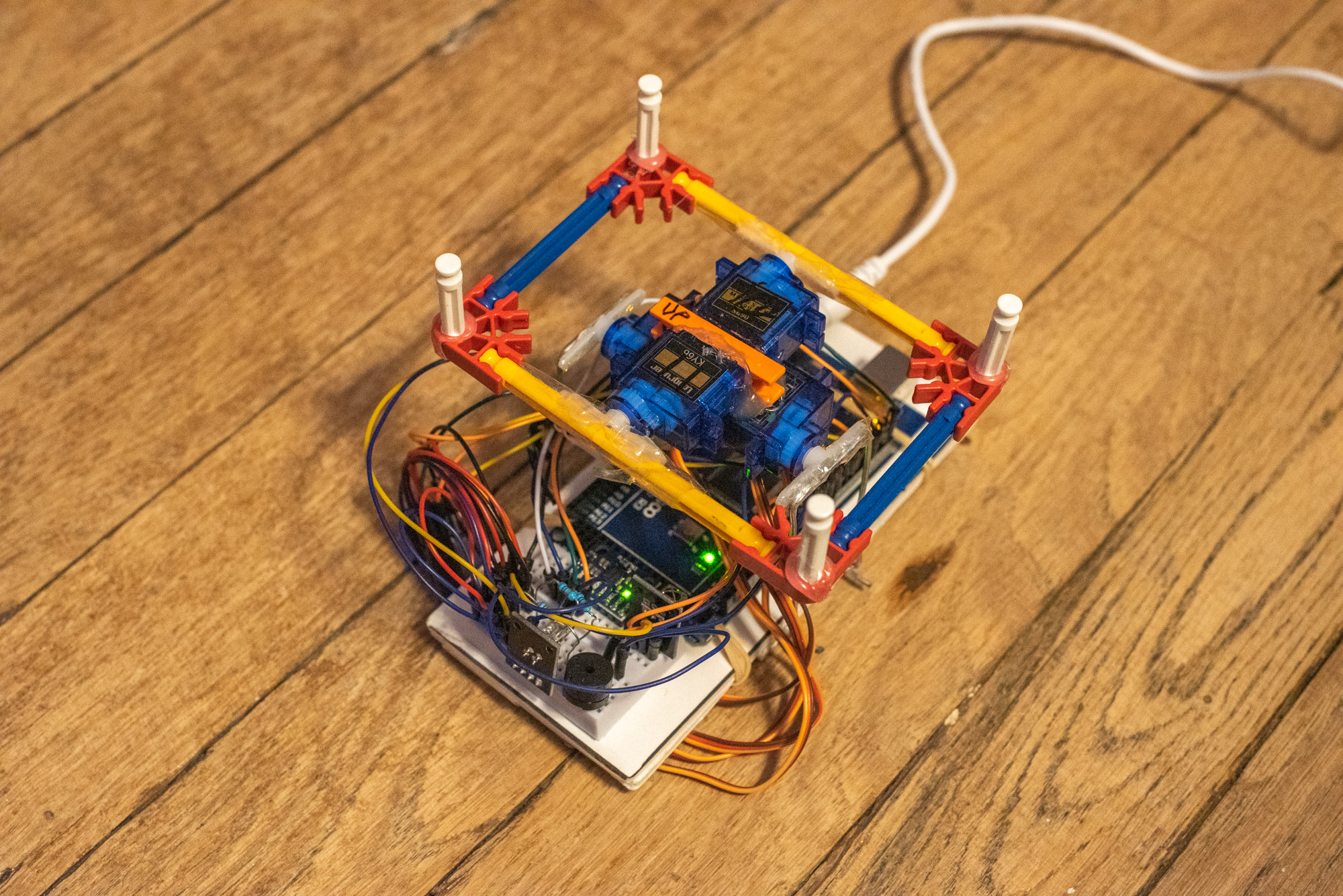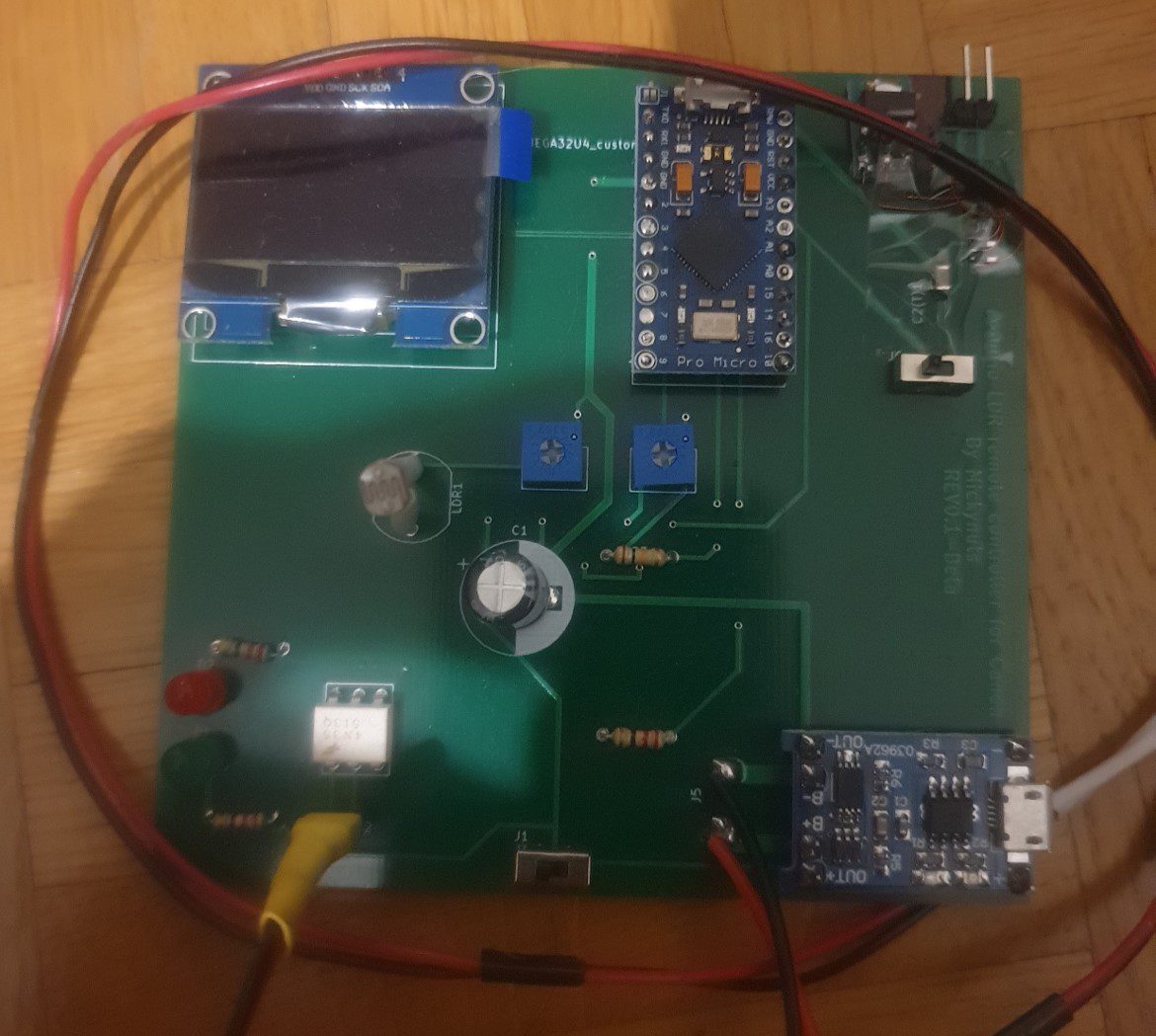
The camera features an ultra-low-power design, and the internal integrated RTC (BM8563) draws out the IRQ signal. 3.0 megapixel camera (OV3660) with DFOV 120 and a maximum resolution of 2048x1536 photos can be captured. You can use the RTCTime class to check time intervals (has the time passed, is it before.), to increment or decrement hours and minutes, to check if the time is valid (sometime the RTC module outputs garbage) and to format it as a string. The Timer Camera F is a fisheye camera module based on ESP32-D0WDQ6-V3 with 8M PSRAM and 4M Flash on board. To get the current time use: RTCTime gRTCTime // defined globallyĪs you can see, I converted the Time class to a RTCTime class (implementation included in the project) that provides additional methods and capabilities. These cameras provide the perfect platform for hacking. Create a DS1302 instance and do the following in the setup function: gRtc.halt(false) To remotely trigger the device, the photographer connects the cameras ground to the shutter release.

A multivibrator is a circuit that switches between two states On (or High) and Off (or. In electronics, the circuit that does this is called a One-Shot Multivibrator. RTCTime gRTCTime // Stores the current time A recurring task that comes up in machine control or experimenting with Arduino is turning an output on for a fixed time, then shutting the output off. #define RAM_SIZE_BYTES 31 /* Don't change - value from library */ĭS1302 gRtc (RTC_CE_PIN, RTC_DATA_PIN, RTC_SCLK_PIN)
ARDUINO CAMERA TIMER TRIGGER 1080P

All you are doing is repeatedly setting arduino digital. My vision for the operation would be that you press a button, the system has a 5 second delay (maybe with a blinking LED), and then sends a signal to the camera to autofocus and fire. It provides all the basic functions to control the module. pinMode (b, INPUT) pinMode (up, INPUT) pinMode (down, INPUT) but b, up and down all equal 0 so this is what you are doing is : pinMode (0, INPUT) pinMode (0, INPUT) pinMode (0, INPUT) This doesn't do what you want at all, these need to be assigned to pins. My idea is, a camera trigger that has a delay and then fires the camera.
ARDUINO CAMERA TIMER TRIGGER INSTALL
In this way if to the relay is connected to 2 cameras and if we click on capture both cameras will capture.The RTC module (DS1302) uses a library called DS1302 that you need to install on your Arduino IDE. to learn more about programming STM32 with Arduino IDE follow the link. If a camera has an attached device, all capture action will be executed by the device not by the normal camera capture same behavior for trigger using using script or remote utility. Problem is, after the trigger has started your first DMA transfer it has to be.

Another usage possibilities are to attach an external device to a camera using camera property. The image below shows the settings for 2 relay combinations more in Settings->Devices.Īfter a device is defined, can be used in multiple places like in Multiple Camera control or Astro module both have a dedicated section for external devices. This can be done in Settings->Devices->Add. To use an external device first it's required to define it. For this example a cheap usb relay is used from ICstation same relay can be bougth from ebay also. Reset (yes/no): when pressed, reset the default values. External triggers can be used to extend camera(s) capture capabilities like bulb mode for cameras which don't support it or to trigger multiple cameras in same time without lag. Autofocus (yes/no): if yes, engage the focus before shooting (only once).


 0 kommentar(er)
0 kommentar(er)
